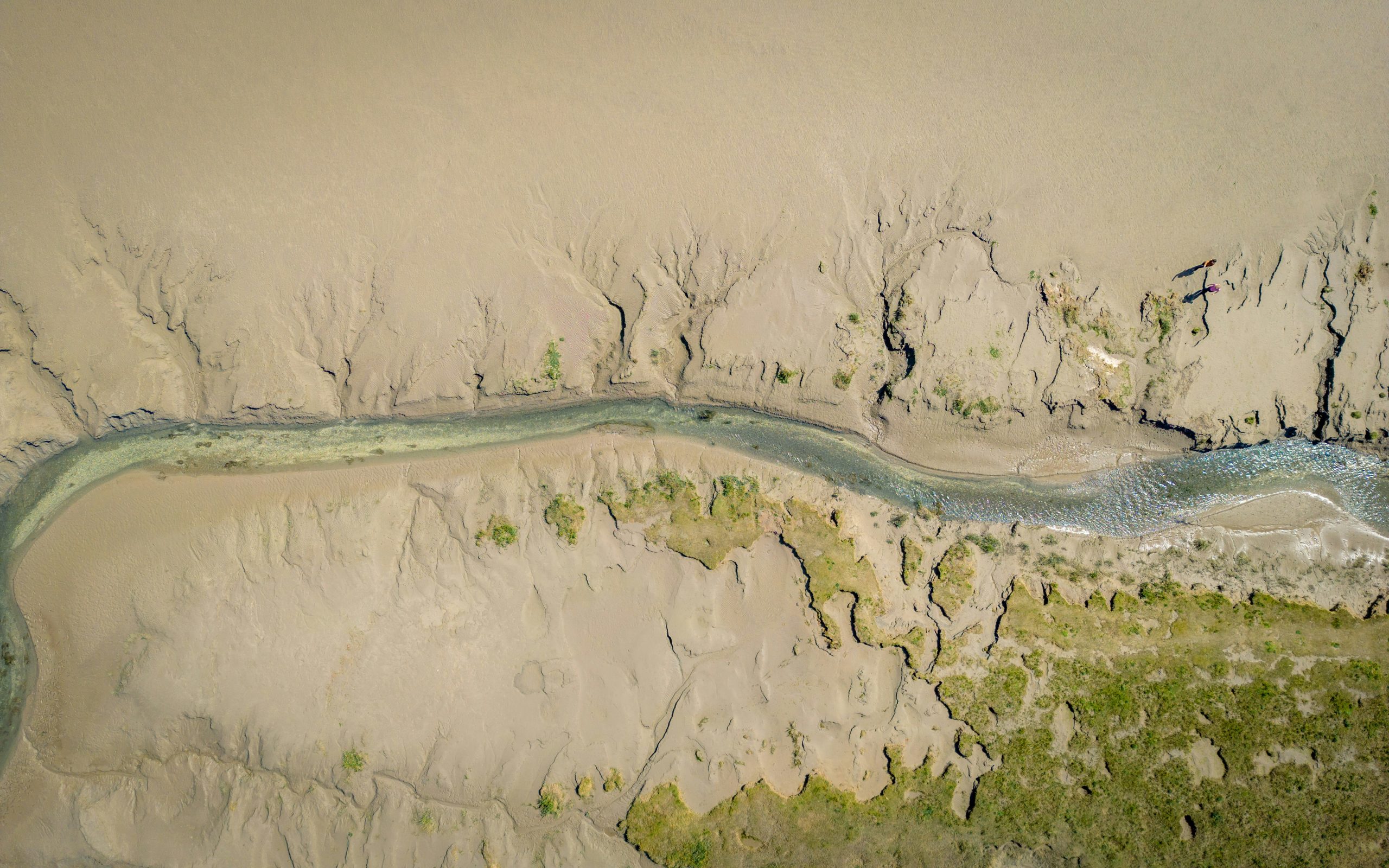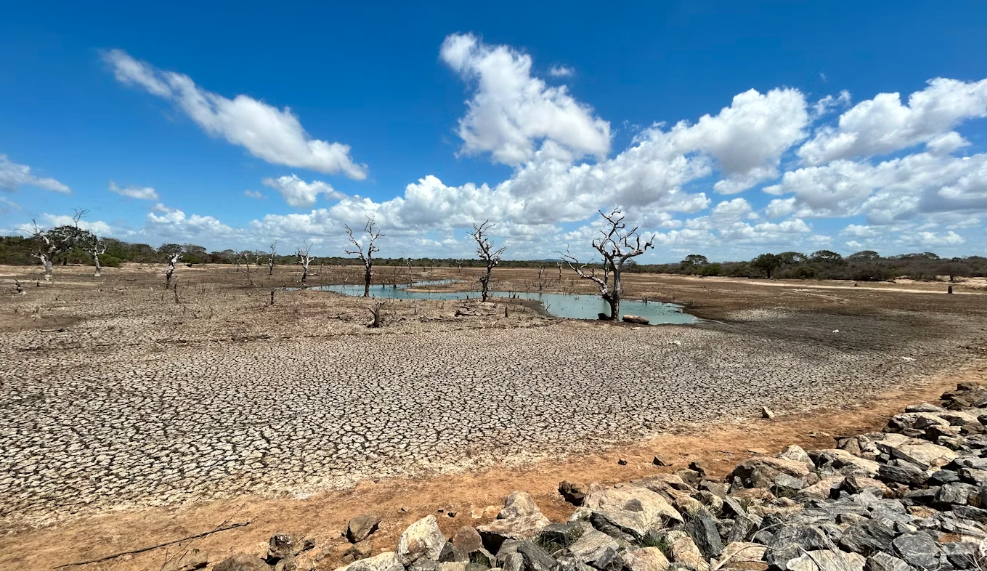As the impacts of climate change become increasingly pronounced, accurately predicting water flux dynamics is more critical than ever. Traditional hydrological models, while foundational to our understanding of water resources, often face limitations when dealing with complex, non-linear hydrometeorological processes, especially at a local scale. Recent research published by Yiheng Du and Ilias G. Pechlivanidis in Communications Earth & Environment sheds light on innovative hybrid approaches that promise to enhance the usability and accuracy of hydrological models for local streamflow predictions.
Traditional large-scale process-based hydrological models have been pivotal in water resource management. These models rely on clearly defined physical processes to simulate streamflows. However, their effectiveness is often restricted by the inability to capture intricate local conditions and extreme weather events accurately. The challenges are compounded by Europe’s varied hydro-climatic landscapes, which require nuanced models that can address regional specificities.
Du and Pechlivanidis’s study explores combining process-based modeling with statistical and machine learning techniques to improve predictive accuracy across Europe’s diverse hydro-climatic gradient. Their research demonstrates the effectiveness of several post-processing methods. Random Forest employs ensemble learning to manage complex non-linearity in residuals. Long Short-Term Memory Networks capture temporal dependencies to refine flow timing predictions. Quantile Mapping adjusts predicted distributions to align with real-world observations. Generalised Linear Models offer a transparent framework for correcting biases.
Improved streamflow predictions can have transformative impacts on resource management, agriculture, hydropower, and flood protection. Accurate forecasting helps water managers allocate resources efficiently, mitigate flood risks, and plan for drought conditions, thereby enhancing societal resilience in the face of climate variability.
Du and Pechlivanidis’s work marks a significant advancement in hydrological modeling, highlighting the potential for hybrid methods to address the limitations of traditional models. As we continue to refine these approaches, the integration of additional data sources, like remote sensing or seasonal climate forecasts, could further enhance predictive capabilities.
The move towards flexible, adaptive models is essential as we contend with more frequent weather extremes and global climate shifts. By embracing the synergy between conventional and cutting-edge techniques, we can better safeguard our water resources and prepare for the challenges ahead.
Du, Y., & Pechlivanidis, I. G. (2025). Hybrid approaches enhance hydrological model usability for local streamflow prediction. Communications Earth & Environment, 6, Article 334. https://doi.org/0.1038/s43247-025-02324-y




